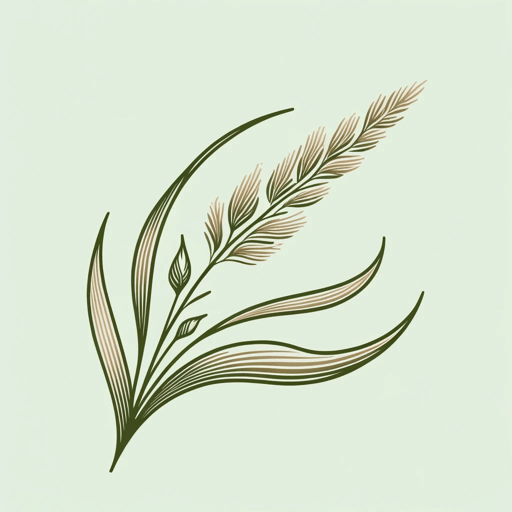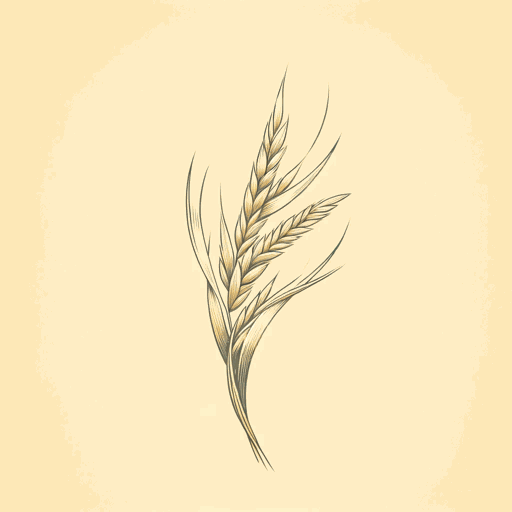48 pages • 1 hour read
Robin Wall KimmererBraiding Sweetgrass for Young Adults: Indigenous Wisdom, Scientific Knowledge, and the Teachings of Plants
Nonfiction | Book | YA | Published in 2022A modern alternative to SparkNotes and CliffsNotes, SuperSummary offers high-quality Study Guides with detailed chapter summaries and analysis of major themes, characters, and more.
Part 1Chapter Summaries & Analyses
Part 1: “Meeting Sweetgrass”
Part 1, Chapter 1 Summary: “An Invitation to Remember”
The Anishinaabe people believe we are living in the time of the Seventh Fire, a time of both darkness and light. Kimmerer invites readers to remember that they are in kinship with all living beings in the world, including not only humans but also plants and animals. These other living beings have the potential to teach and care for humans and to make our world less dark and lonely.
In English, the pronoun “it” is used to describe most animals, plants, and other beings, while “he,” “she,” and “they” are used for humans. This linguistic pattern implies that humans are superior to and have mastery over other beings. Potawatomi and other indigenous languages use the same pronouns for humans and other beings, using what Kimmerer calls a grammar of animacy to acknowledge kinship among all beings. Kimmerer proposes ki (plural kin) as a pronoun to describe all living beings and those inanimate beings imbued with spirit, such as sacred drums and medicines.
Kimmerer acknowledges the indigenous language experts and storytellers who supported her during the writing process. She explains that many of the stories she uses in the book come from an oral, rather than written, tradition, and therefore belong to many storytellers.
Related Titles
By Robin Wall Kimmerer


